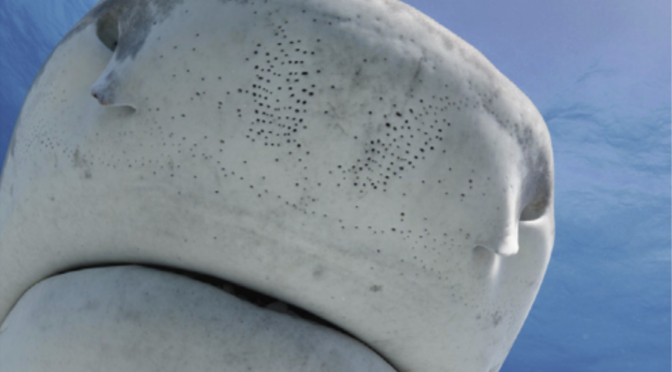Our lab recently published two new papers on the subject of electro-sensing in cartilaginous fishes, a group that includes sharks and rays. The sensing organ (AoL) in these fish is filled with a gel-like substance and we are interesting is figuring out how this gel works!
In the first paper our team, Lead by Molly Phillips, a graduate student in Chris Amemiya’s lab at Merced investigated the role of chitin in the electrosensory gel.
“Evidence of chitin in the ampullae of Lorenzini of chondrichthyan fishes”Molly Phillips, W. Joyce Tang, Matthew Robinson, Daniel Ocampo Daza, Khan Hassan, Valerie Leppert, Linda S. Hirst, Chris T. Amemiya, , Current Biology, Volume 30, Issue 20, 2020, Pages R1254-R1255, https://doi.org/10.1016/j.cub.2020.08.014.
The second paper focuses on the structure of the gel.
Structural Characteristics and Proton Conductivity of the Gel Within the Electrosensory Organs of Cartilaginous Fishes Molly Phillips, Alauna Wheeler, Matthew J Robinson, Valerie Leppert, Manping Jia, Marco Rolandi, Linda S Hirst, Chris T Amemiya, ISCIENCE, in press (2021) August 03, (2021) https://doi.org/10.1016/j.isci.2021.102947
Co-authors include Physics graduate student Alauna Wheeler, who conducted the X-ray work with Phillips at the Advanced Light Source at Lawrence Berkeley National Laboratory; graduate student Matthew Robinson; and UC Santa Cruz electrical engineering Professor Marco Rolandi and his graduate student Manping Jia. The Santa Cruz team provided equipment and expertise for the conductance measurements.

